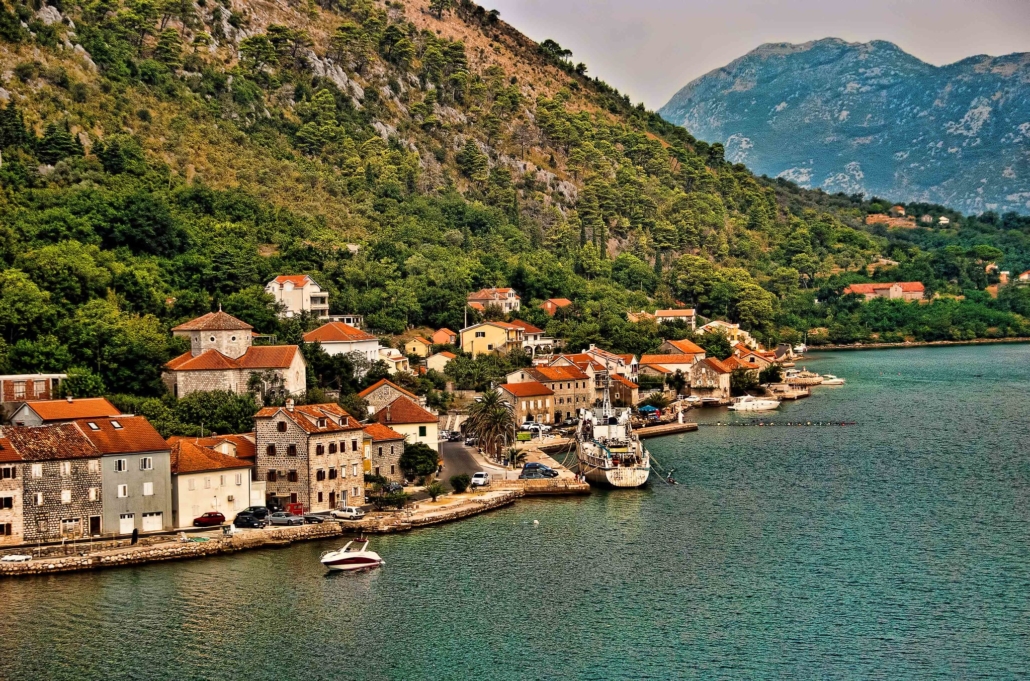10 Facts about Poverty in Montenegro

Montenegro has been an independent state since 2006. It is located in Southeastern Europe on the Balkan Peninsula. It is known for its magnificent coastline, limestone peaks and glacial lakes. However, the people of Montenegro face many challenges, including a national poverty rate of 22.6% in 2019. Below are 10 facts about poverty in Montenegro.
- Education: Most children in Montenegro attend primary school. In 2022, the enrollment rate of primary school-aged children was 101%. However, according to a World Bank press release, the quality of this education is not up to par. On average, students only get 8.6 years of quality education. Fortunately, recent action has occurred, resulting in reforms to the education policy that are in accord with the European Union (EU) legislation. The country is also working on programs to keep students from leaving school early. Educating the youth of Montenegro will improve their chances of having healthy and productive lives. It also boosts the economy and decreases poverty rates.
- Poverty in Urban and Rural Areas: Poverty has historically concentrated in the Northern, rural areas of Montenegro. The rural poverty rate was 11.3% in 2010. This was almost three times the urban rate of 4% that year. This is consistent with the global trend of development as many aspects of economic modernization only affect urban areas. In Montenegro, the rural population relies primarily on agricultural subsistence in the form of family farms. However, as urban development has spiked, young people have begun moving to the cities and suburbs. This has left the rural population to a generally older demographic, rendering the family farm model unsustainable.
- Gender Equality: While levels of education are relatively consistent across genders, the number of men in political positions largely outweighs the number of women who occupy only 24.7% of seats in parliament as of 2021. Men also tend to have higher incomes.
- Tourism: The tourism industry accounts for about 25% of Montenegro’s gross domestic product (GDP). It currently brings in more than three times Montenegro’s population annually. Projections have determined that these numbers will increase as many new luxury tourism complexes are emerging along the coast. They will operate in conjunction with nearby boating and yachting facilities. This means that tourism, which currently generates approximately 7% of total employment, may provide 21.5% of jobs in Montenegro by 2028.
- Green Home: The future of the tourist industry in Montenegro relies on the natural health and beauty of the country. An organization called Green Home commits to addressing Montenegro’s existing ecological problems. It will use public advocacy to deal with issues like air and water pollution. Green Home has carried out many successful projects in Montenegro, including school recycling, strengthening hydropower regulations and the South East Europe Sustainable Energy Policy. Green Home has also contributed directly to the tourism industry with its support of local communities around Sasko Lake to implement tourist practices. Green Home’s projects allow tourism to flourish and, therefore, keep thousands of Montenegrins employed.
- Market Economy: Montenegro is transitioning to a market economy. So far, 90% of all companies and 100% of banking, telecommunications and oil companies have undergone privatization. Montenegro’s low corporate tax rate facilitated this process and encouraged foreign investors. Montenegro’s foreign investments per capita are now one of the highest in Europe, making it competitive on the international stage.
- The EU: Montenegro is a lead candidate for integration into the European Union. Projections have determined that it will be a member by 2025. This would solidify its trade relationships with other European countries and stimulate natural resource trade and production. This could lead to an increase in industry and create more jobs. Additionally, the EU’s rural development policy would help Montenegro lift its rural population out of poverty.
- Unemployment: Montenegro’s unemployment rate was 14.4% as of 2023. One of the main reasons that the rate is so high is that more than 16% of those living in Montenegro are unemployed. Some say it is a result of the high levels of education since most jobs in Montenegro are more blue-collar and often offered to foreign migrants. Regardless, unless unemployment decreases dramatically, especially for its youths, in the next few years, this could be a major challenge to Montenegro’s economic future.
- Welfare: State-sanctioned social welfare provides money and social work to those who struggle. However, there is not enough to go around. Only 44% of people under the poverty line receive welfare money. Additional help, such as child psychological services, is reportedly hard to come by. The United Nations (U.N.) has been working with the government in Montenegro to change this by providing funding through the #ENDViolence campaign. The campaign includes initiatives such as strengthening social work services and helping parents support their children through a variety of methods.
- NGO 4 Life: NGO 4 Life is a nonprofit organization working to help former drug addicts reintegrate into society in Montenegro. In 2012, the organization worked with Parliament to reverse a law that said people convicted of drug crimes had to go to prison. Through reforms, drug addicts were able to obtain rehabilitation in certain circumstances. The organization continues to launch projects to help recovering people with an addiction with the overarching goal of decreasing the unemployment rate in Montenegro.
These 10 facts about poverty in Montenegro show that the country’s future promises hope. In 2018, the World Bank Country Manager in Montenegro, Emanuel Salinas, stated, “We believe that the Government of Montenegro has understood that the prosperity of the country relies on equipping people with the skills and knowledge that are needed in a rapidly changing world.” He admits that this is no easy task but remains confident. Hopefully, the efforts of the government, along with those of various organizations mentioned above, will result in a significant change in the lives of Montenegrins.
– Madeline Esther Lyons
Photo: Flickr
Updated: May 27, 2024
